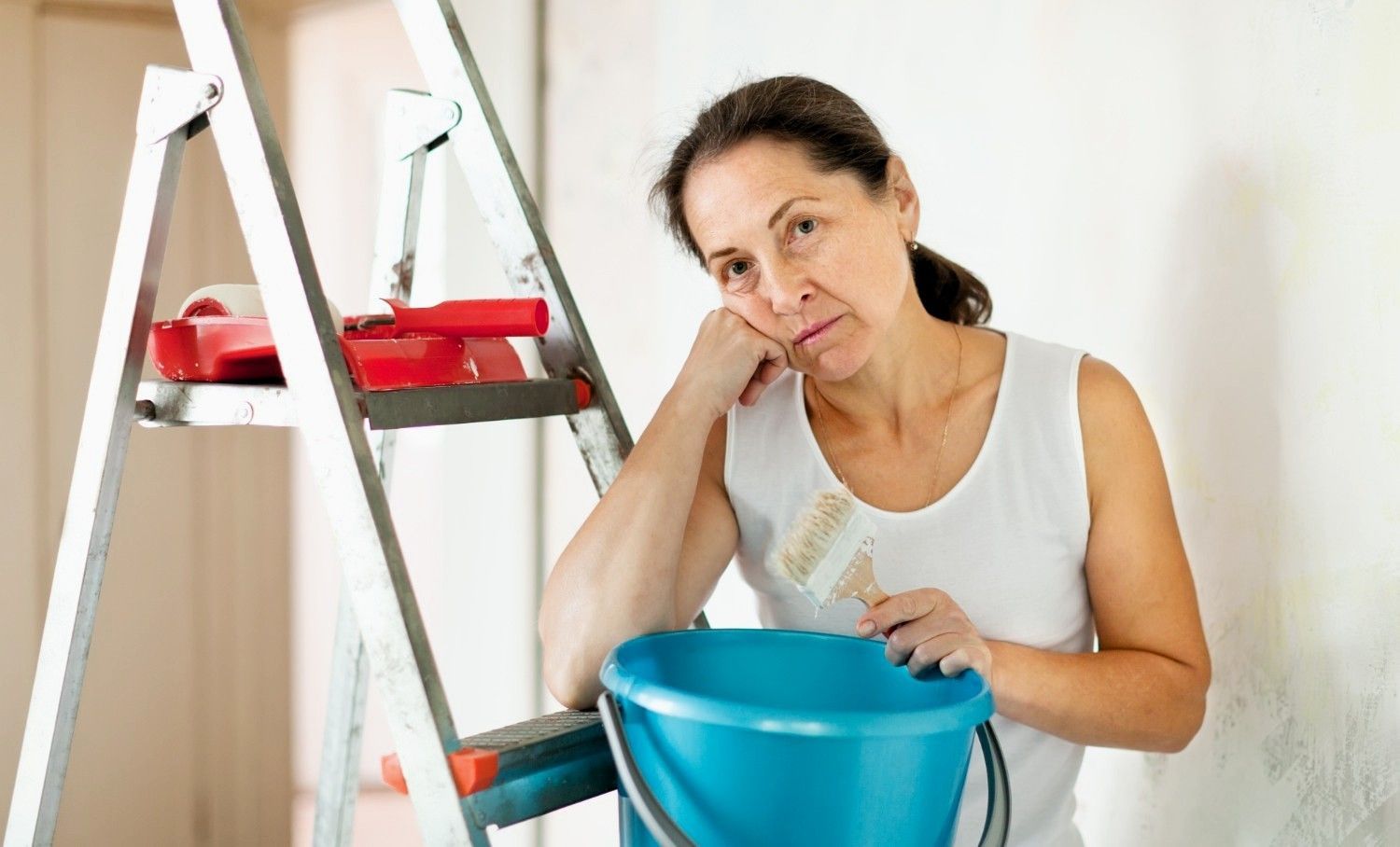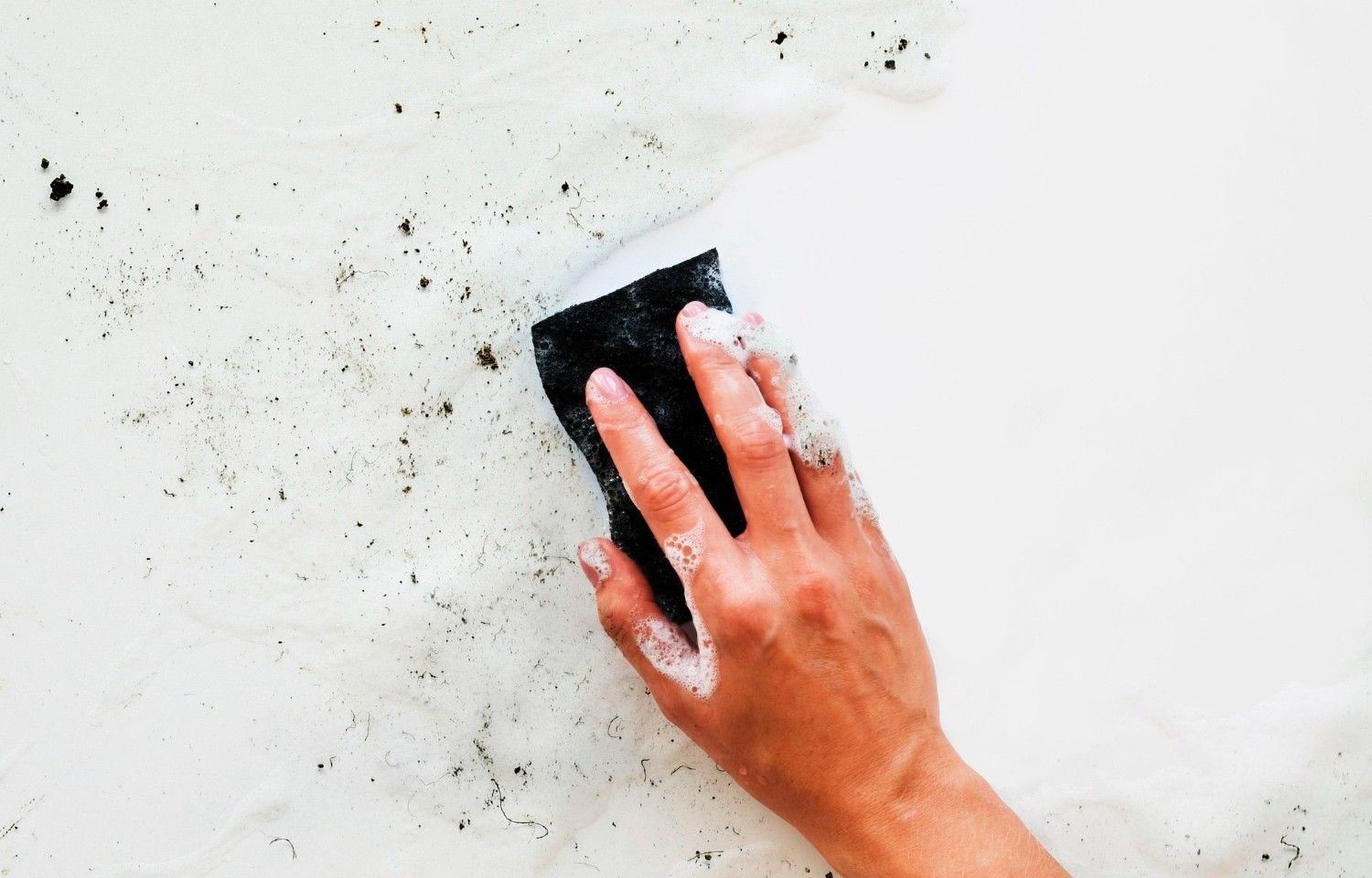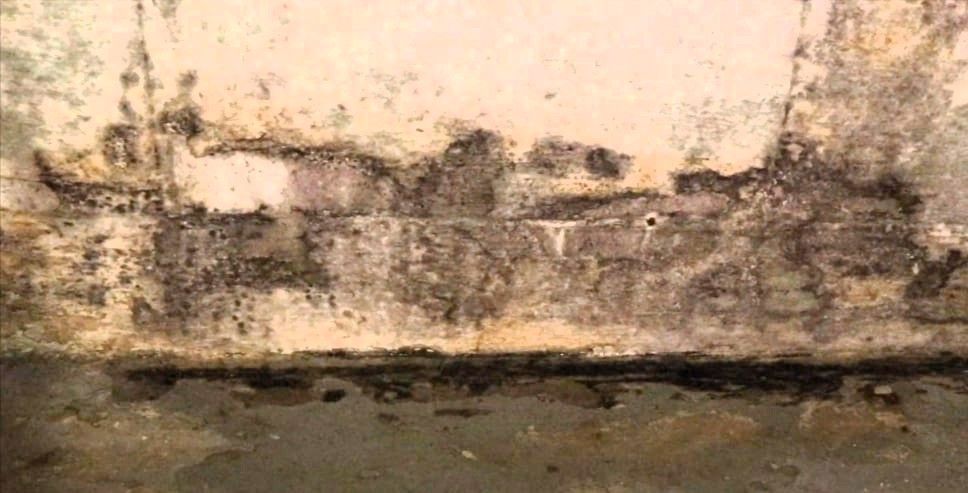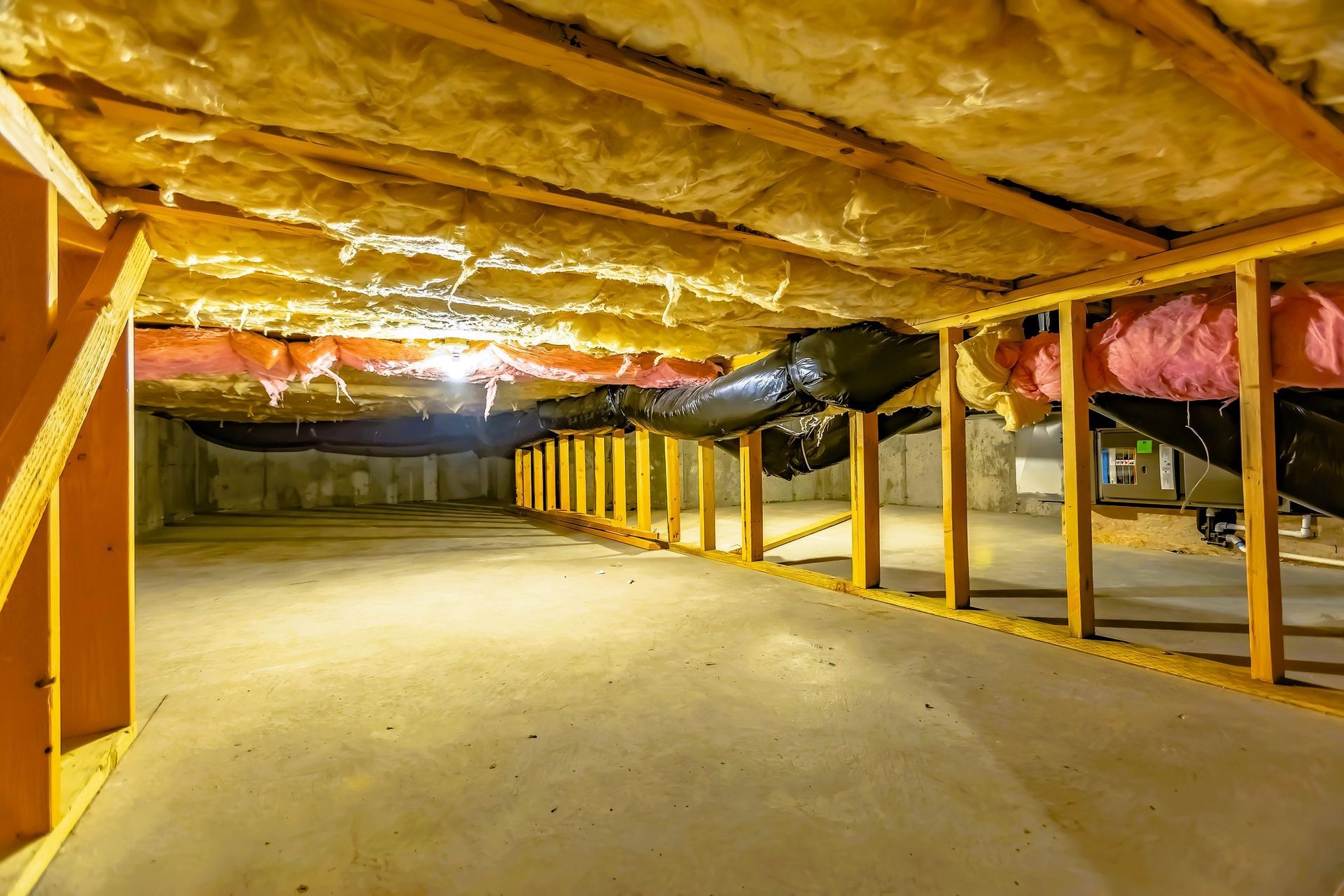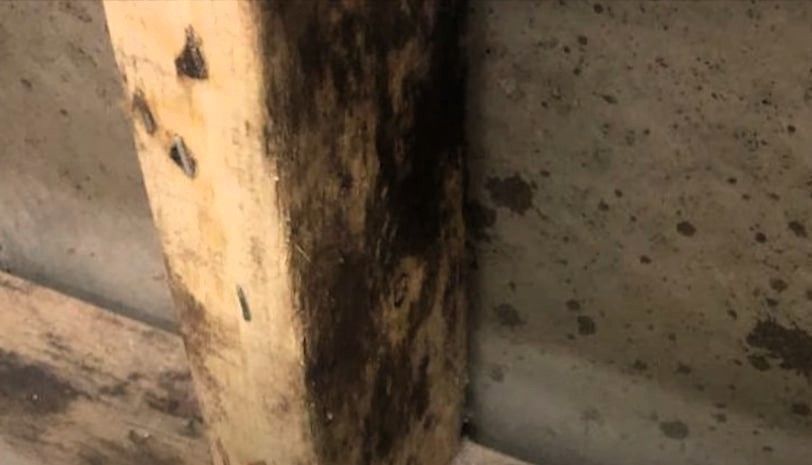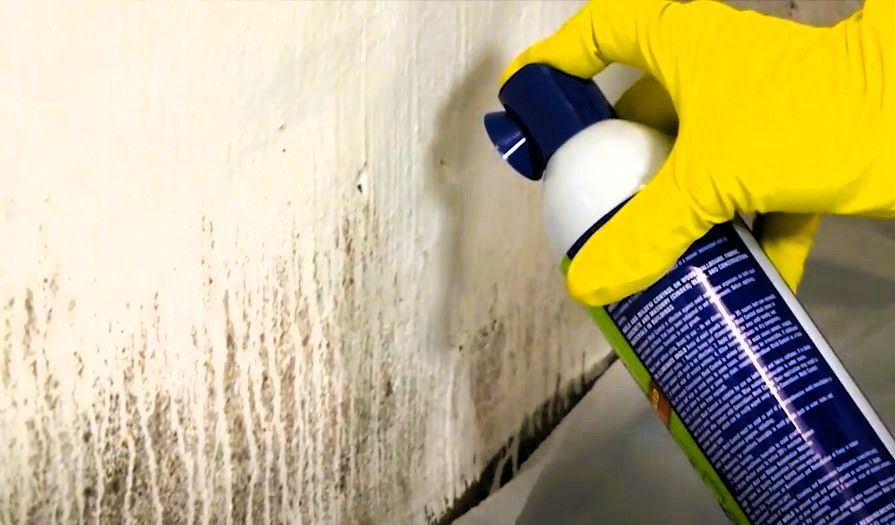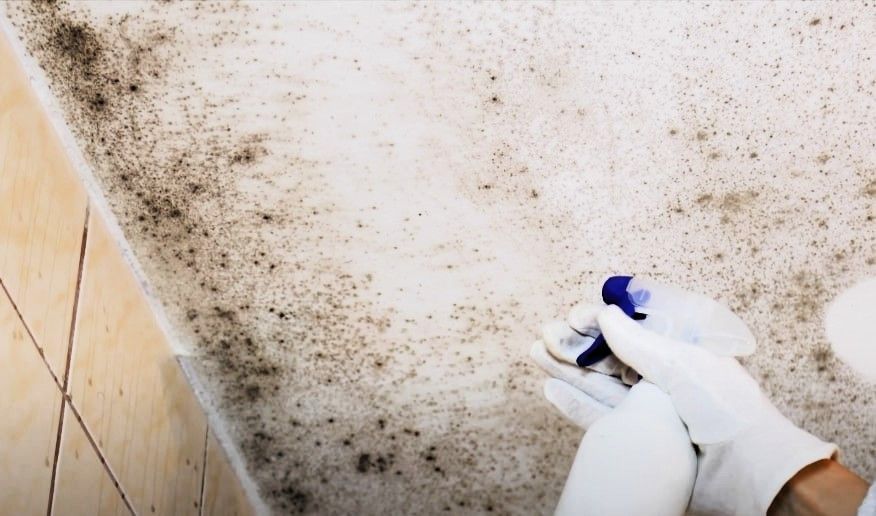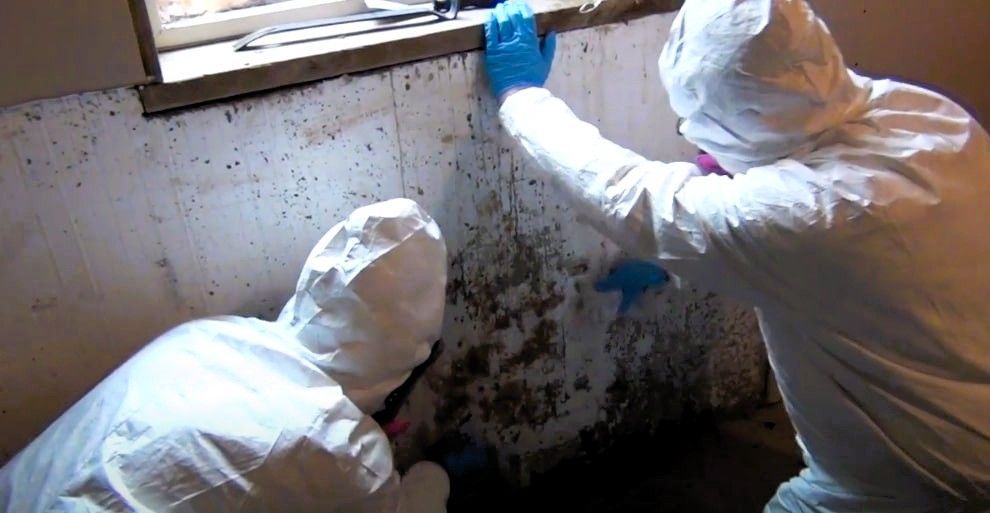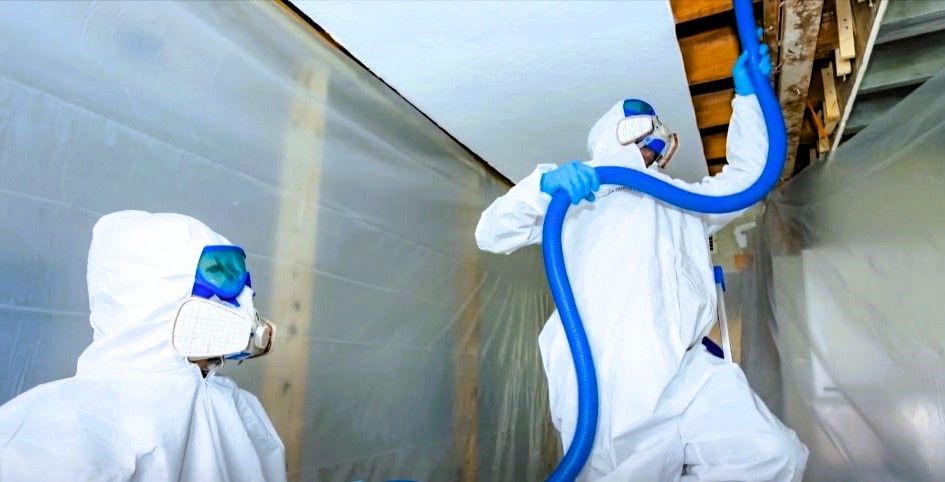How to Remove Mold From Bathroom Ceilings: A Comprehensive Guide
Expert tips for safely removing and preventing mold on your bathroom ceilings!
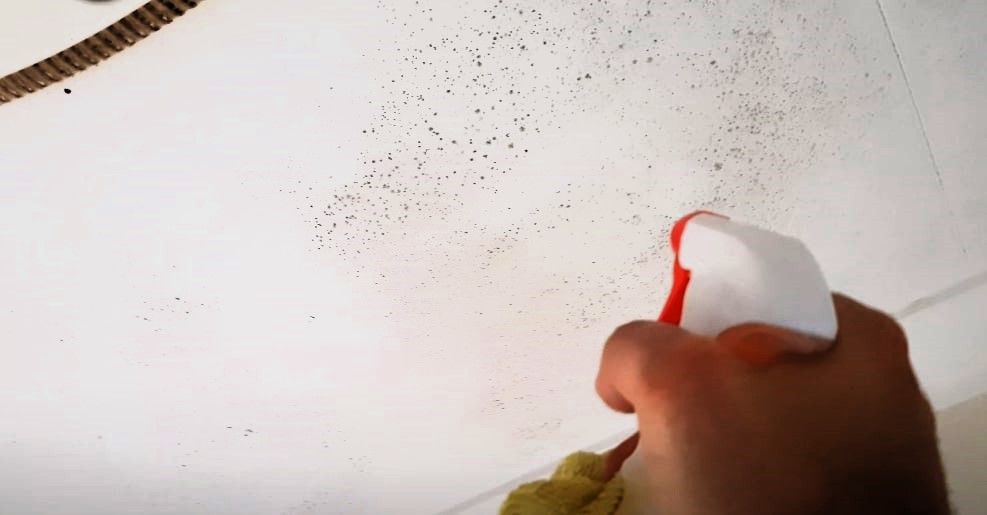
Bathrooms can easily become a haven for mold because of the steam and moisture they generate, poor airflow, and the materials they're made of. Mold growth on bathroom ceilings can cause health problems and damage your home's structure. In this article, we'll cover practical ways to get rid of mold from your bathroom ceiling and share tips to keep it from coming back.
Understanding Mold Types
Different types of mold exist, such as allergenic, pathogenic, and toxic molds. It's important for homeowners to know the type of mold present in their homes to choose the right removal approach. While some molds can be dealt with using DIY methods, others need professional help to ensure they are safely removed and disposed of.
Professional vs. DIY Removal
When it comes to getting rid of mold in your home, whether you should hire a professional or do it yourself depends on how bad the mold is and what type it is. If you've got a big mold problem, like a large colony or an area bigger than 10 square feet, it's usually best to call in the pros. You can also reach out to your local public health departments for advice and recommendations on experienced mold removers. They can point you in the right direction and help you tackle the issue effectively.
DIY Mold Removal Methods
For small mold colonies, homeowners can utilize DIY removal methods. Here are the steps to safely remove small mold colonies using home methods:
- Prevention Measures: Reduce humidity and improve air circulation in the bathroom to discourage mold regrowth.
- Protective Gear: Wear gloves, eyewear, and a face mask to protect yourself from mold spores and cleaning agents.
- Cleaning Solution: Prepare a cleaning solution by mixing one-part dishwashing liquid, 10 parts bleach, and 20 parts water in a plastic bucket. This solution should effectively kill the mold.
- Application: Using a spray bottle or sponge, apply the cleaning solution to the moldy area, ensuring it is fully wet but not oversaturated. Allow the solution to air-dry.
- Stain Check: After the ceiling has dried completely, inspect for any remaining stains. If dark spots persist, repeat the cleaning process.
Dealing with Mold on Your Tiled Bathroom Ceiling
If you've noticed mold creeping into the grout lines of your shower stall ceiling, there's a straightforward way to deal with it. Here's what you'll need to do:
- Prepare Your Cleaning Solution: Mix one part bleach with 16 parts water. This means if you have one cup of bleach, you'll need one gallon of water. Pour the mixture into a spray bottle or apply it with a sponge.
- Get Ready: Put on some protective gear and make sure you have a sturdy step ladder handy.
- Apply the Solution: Spray or wipe the cleaning solution onto the moldy areas, making sure to saturate the grout lines well. Let it sit for at least 15 minutes.
- Scrub Away: Grab a soft-bristled scrub brush and start scrubbing each grout line to remove the moldy bits. If some stains are stubborn, you can apply the solution again, wait another 15 minutes, and scrub once more.
- Rinse and Dry: Once you're done scrubbing, rinse the tiles with plain water and then dry them off with a soft cloth.
This should help get rid of the mold and keep your bathroom ceiling looking clean and fresh!
Tips to Prevent Mold Growth on Bathroom Ceilings
Preventing mold growth is essential for maintaining a healthy and mold-free bathroom environment. Implement these preventive measures:
- Bathroom Ventilation: Always use the bathroom fan or open windows during and after bathing to reduce humidity levels.
- Improved Air Circulation: Install a circulating fan or use additional fans to enhance airflow within the bathroom.
- Regular Cleaning: Clean the shower and tub stall regularly to remove any soap scum or body soil that can serve as food sources for mold.
- Prompt Drying: After each use, dry the shower stall with a towel or squeegee to minimize moisture accumulation.
- Laundering: Regularly wash shower curtains, liners, towels, and bath rugs to prevent mold growth on these surfaces.
If you're dealing with a severe mold issue or suspect toxic molds, it's important to seek help from professionals who specialize in mold remediation. Act promptly to address mold growth and maintain a clean and safe bathroom space for you and your family.
Don't let mold linger in your bathroom! Take action today to remove mold and prevent it from coming back. Whether you're looking for DIY tips or need professional assistance, we're here to support you.
Contact us now for expert advice and solutions to keep your bathroom mold-free and your home healthy.

